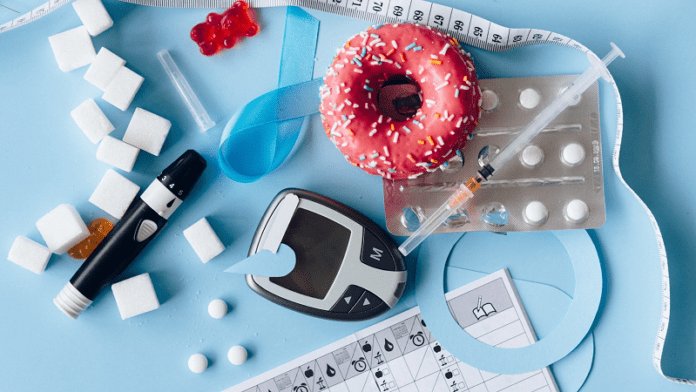By Dr. M. Cecilia Lansang
People with type 2 diabetes can lead healthy, regular lives, but it is important to diagnose and manage the condition before glucose fluctuations damage blood vessels, which could lead to serious complications, says an expert from Cleveland Clinic, a premier non-profit multispecialty academic medical center in the United States, which integrates clinical and hospital care with research and education.
Diabetes is a condition marked by high blood glucose, or sugar, and is classified into several types. In the case of diabetes type 2, the body does not respond normally to insulin, or is insulin resistant, which makes it appear that the body does not make enough insulin. According to estimates from the International Diabetes Federation, which organizes World Diabetes Day, of the 1 in 10 adults globally who have diabetes, more than 90 percent have type 2, and nearly half are not yet diagnosed.
Speaking ahead of World Diabetes Day on 14 November, Cleveland Clinic endocrinologist Dr. M. Cecilia Lansang explained: “Diabetes can damage both small and large blood vessels, causing acute and chronic complications. Acute complications can include episodes of very low or high blood sugar, while chronic complications include damage to the nerves, heart, eyes and gut, which can have serious consequences including limb amputation, a kidney transplant, or blindness.”
Dr. Lansang says common symptoms of diabetes include increased urination and thirst, among others. “The body excretes the excess sugar through urine, leading to frequent urination, which in turn can lead to dehydration. The removal of the excess sugar can also mean reduced calorie absorption and, therefore, weight loss. However, this is more common in people with type 1 diabetes and patients with type 2 diabetes tend more often to fall into the category of being overweight or having obesity,” said the doctor.
“In addition, glucose fluctuations can lead to tiredness and fatigue, blurred vision, tingling in the feet, and individuals might notice that wounds heal slowly. Blood sugar levels can increase gradually over time, with the body adapting so that people do not feel any difference in their wellbeing. In fact, individuals might not have any symptoms until damage has already occurred, which is why it is important for individuals to be screened for diabetes regularly,” she says.
Screening recommendations vary between different health bodies, and some individuals are at higher risk for type 2 diabetes than others, so Dr. Lansang recommends people to talk to their healthcare provider about how often they need screening. In general, she says, it is recommended that people aged 35 and above have a baseline screen and if the results are normal, be screened every subsequent three years.
People found to have elevated blood sugar, on the other hand, will need to be tested more frequently, as will those who are at higher risk, which includes people with overweight or obesity, high blood pressure, low HDL (‘good’) cholesterol, a family history of diabetes, and women with polycystic ovarian syndrome (PCOS) or a previous diagnosis of gestational diabetes.
The good news, Dr. Lansang says, is that there are lifestyle changes individuals can adopt to prevent, delay or in some cases, even reverse a diagnosis of diabetes type 2. These include achieving and maintaining a healthy weight; eating a balanced diet that includes vegetables, protein, good fats and carbohydrates; and exercising regularly. Treatment can also entail taking prescribed medications such as metformin. “In particular, weight reduction can have a positive effect on insulin resistance, and even a modest reduction of 5-10 percent of body weight has been found to reduce glucose levels,” she adds.
In addition to metformin, many new diabetes treatment options have recently become available and some of these also help address comorbidities associated with the condition, says Dr. Lansang.
“People diagnosed with diabetes should speak to their physicians about newer therapies, and which options or combination of therapies would work best for them. The treatment plan will be based on personal circumstances and the presence of comorbidities such as weight issues, coronary artery disease, heart failure, and chronic kidney disease,” she says. “The process might involve trial and error as sometimes medication may need to be reduced to avoid falls in the elderly, or to avoid dangerous acute complications such as hypoglycemia, which is very low blood sugar.”
Dr. Lansang concludes, “World Diabetes Day is a great opportunity to remind people of measures such as screening, making healthy lifestyle choices and exploring various treatment options, so they can prevent, delay, reverse or effectively manage diabetes and avoid serious complications from this prevalent disease.”

Dr. M. Cecilia Lansang
Endocrinologist
Cleveland Clinic, Ohio State, USA
Copyright: Project Syndicate
www.project-syndicate.org

















